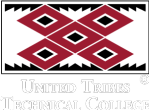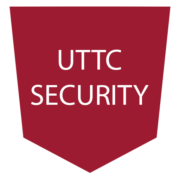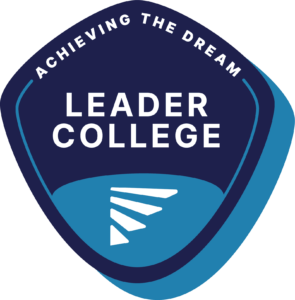Governance Process for Institutional Effectiveness
This shared governance process is designed to facilitate communication among all entities across campus and to enhance institutional effectiveness.
At least one member from each UTTC Committee serves as a liaison on the Institutional Effectiveness Committee (IEC).
- Assessment of Student Learning
- Facilities
- Healthy Community Coalition
- Curriculum
- Diversity
- Jenzabar Module Managers
- Institutional Review Board
- Institutional Effectiveness Committee
Liaisons are responsible for bringing information(for potential policies and procedures) forward from their respective groups and relaying information back to their groups from the IEC.
Goals of Institutional Effectiveness Committee
- Develop, implement, and maintain a coordinated process for sharing committee recommendations to the President, Administrative Council and UTTC Board of Directors for approval;
- Monitor a coordinated timeline for institutional assessment activities, including program/department reviews;
- Develop and oversee implementation of an assessment system based on the UTTC Strategic Plan and the General Education Institutional Learner Outcomes; and
- Monitor institutional compliance with the HLC Standard Pathway accreditation criteria.
The IEC also serves as the self-study steering committee for HLC accreditation purposes and focuses on fiver criterion.
- Criterion 1 – Mission
- Criterion 2 – Integrity: Ethical & Responsible Conduct
- Criterion 3 – Teaching & Learning: Quality, Resources & Support
- Criterion 4 – Teaching & Learning: Evaluation & Improvement
- Criterion 5 – Resources, Planning & Institutional Effectiveness
Administrative Council of Vice Presidents: The IEC communicates with Administrative Council and, in turn, shares topics with liaisons to take back to their groups.
President and Board of Directors: Information is passed to the President and Board of Directors. Input or final approval is documented in the BOD meeting minutes. The approved policies are posted on the Institutional Effectiveness Portal.
Policy Development Procedure
Step 1: A new policy is deemed necessary
- President, Vice-Presidents, Human Resources Director, staff, and committees deem a current policy requires an update or a new policy is needed.
- The UTTC policy approval request template is followed to update or create the necessary policy.
A draft policy is prepared for legal review.
Step 2: Legal Counsel
- The draft policy is submitted to Legal Counsel for review.
Human Resources Director will coordinate revisions with Legal Counsel and appropriate personnel.
Step 3: Administrative Council
President, Vice-Presidents or Human Resources Director will contact the Administrative Council Chair to request that the new/revised policy be placed on the Administrative Council agenda for review.
President, Vice-Presidents or Human Resources Director will present the policy to Administrative Council.
- Administrative Council will recommend one of the following:
- Approval, or
- Approval with minimal changes, or
- Disapproval with recommendations for revisions and resubmittal at a later date
- Administrative Council Administrative Assistant will upload proposed policies in a separate folder in the Administrative Council shared drive.
Step 4: UTTC Board of Directors Approval
- Executive Assistant to the President will create packets for the Board of Directors. The packets will include a cover sheet and said policies.
- The President will present the policy for Board of Directors for approval with Vice-Presidents or Human Resources Director’s assistance.
- Board of Directors will approve the policy, approve with minimal changes, or disapprove with recommendations for revisions and resubmittal at a later date.
Step 5: Implement Policy
- Executive Assistant to the President will upload approved policies to the Institutional Effectiveness portal by the author, name of the policy, and date passed.
- Executive Assistant to the President will notify authors of the Board of Directors meeting within (3) three business days via email.
- Board of Directors minutes is not official until the Chairman and Secretary of the Board have both signed the minutes. Once signed, official minutes will be uploaded to the President’s Office shared drive folder.
- Conduct training (if necessary) of updated or new policy and procedures.
Definitions of Types of Documents
Policy: A concise set of statements that communicate a pre-determined and definite course of action, expectations, and objectives enforced by the governing body and/or management. Policy statements and expectations are not flexible, do not allow for individual latitude, and require full compliance.
Procedure: The fixed step-by-step sequence that provides the instructions necessary to carry out a policy statement.
Guideline: A document or instructional guide that provides general direction or a course of action in a specified situation for how to accomplish a process. A guideline allows some discretion or leeway in its interpretation, implementation or use.
Plan: A written account of a future course of action with specific goals for achievement. Plans provide details of what needs to be done, when, how and by whom (e.g. strategic plan).

Bismarck, ND 58504
Phone: 701.255.3285
Toll Free: 888.643.8882
Equal Opportunity Provider



